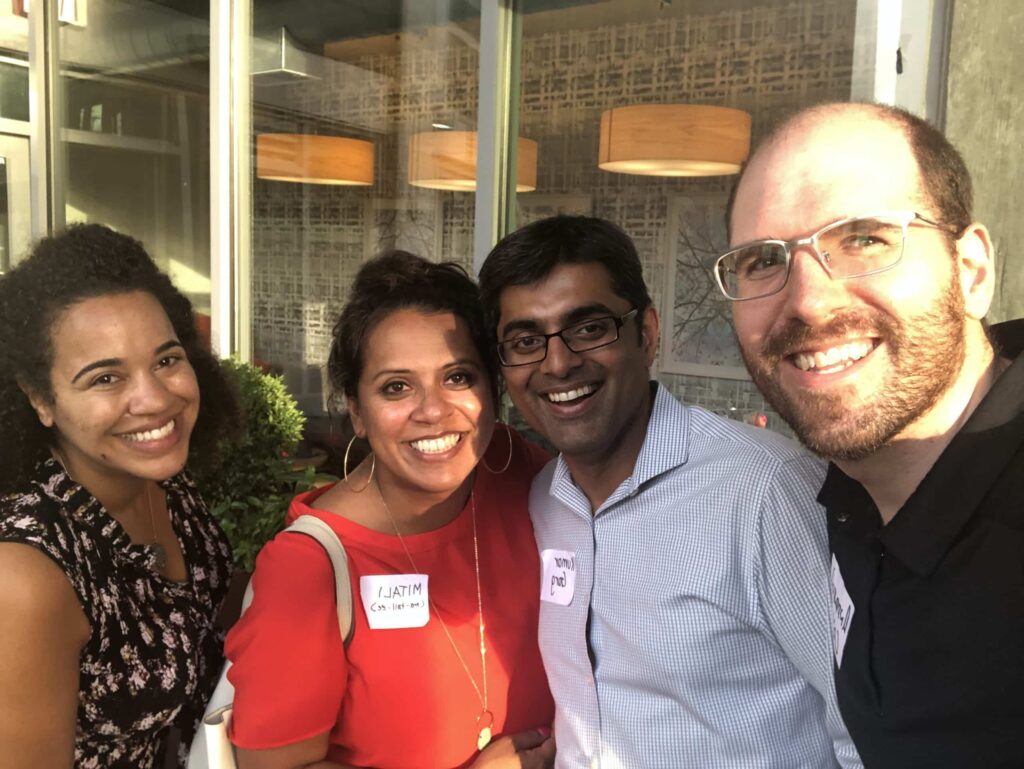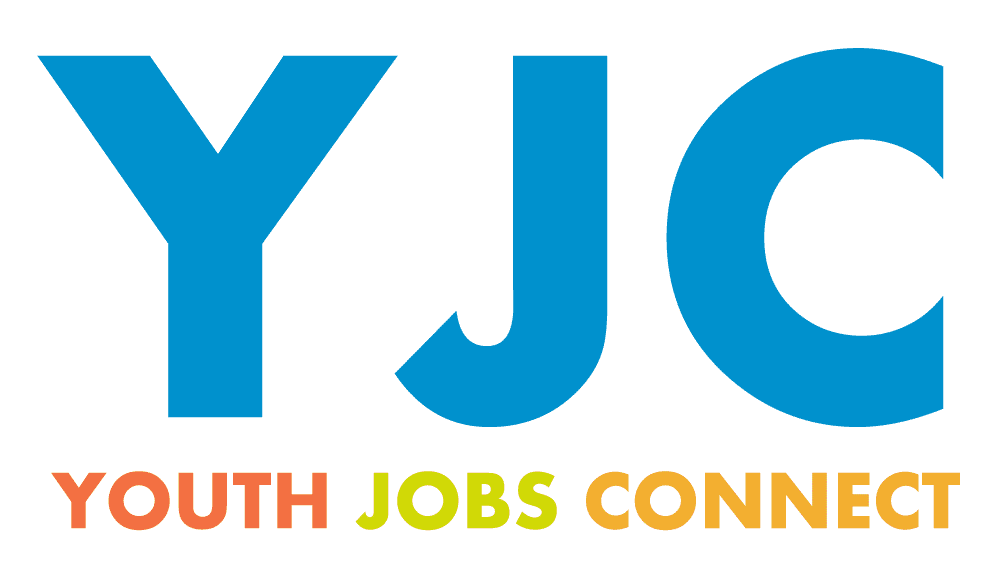
Including Youth In the Workforce and Pandemic Recovery
By Mitali Chakraborty
Youth Jobs Connect, a technology-based nonprofit, was founded in response to the economic crisis caused by COVID-19 and a current inequitable workforce system that has excluded many young people, namely Queer, Trans, Black, Indigenous, Youth of Color (QTBIPOC). This guest blog post by the organization’s founder and CEO Mitali Chakraborty details five ways employers can engage all youth in a post pandemic new economy.
The COVID-19 pandemic has had a devastating impact on youth employment. Before the pandemic, one in nine youth were not connected to school or career pathways. Now that number is one in four (10+ million). I founded Youth Jobs Connect (YJC) in response to these statistics. My hope is that we can begin the work of connecting more youth, especially those historically excluded – Queer, Trans, Black, Indigenous, People of Color youth (QTBIPOC) – to our workforce system and engage them in our national economic recovery efforts.
The first step to inclusivity is to reexamine our core beliefs concerning youth in the workplace. If we continue to believe that youth don’t have enough experience to be in the workplace, they’ll never get experience. If we think that youth in low-wage jobs are inherently low-skilled, they aren’t given credit for their inherent value and work ethic in an inherently unequal system. These beliefs simply aren’t based on factual evidence, and instead are rooted in bias.
Here are five immediate actions employers can take to connect youth to opportunities and help them as they navigate potential pathways:
1. Hire youth.
Youth ages 14-24 apply to Summer Youth Employment Programs in the millions, and millions are turned away because there aren’t enough employers willing to hire youth. Those who don’t make it into an SYEP are often provided no guidance or redirects due to limited resources by local governments—they are left to find employment and financial security on their own, oftentimes to support their own families.
If more companies commit to offering “learn and earn” opportunities, they will be investing in their own future workforce. Showing youth that they are valuable individuals in the workplace can instill early interest and passion in your industry/business, and show youth that they have a place there. Employers can learn more by working with organizations that are developing the youth talent pipeline including Youth Jobs Connect, Grads of Life, and Hire Opportunity Coalition.

2. Mentor youth.
One of the key factors in whether young people can see what’s possible for them is if they personally know someone working in a role that interests them. Youth will feel safer in an organization with people they identify with and can see themselves in these roles. Mentors from your organization can help illuminate possible steps for youth to take, giving them choice. They can humanize their journey and demystify the intimidating and daunting nature of finding and sustaining work.
Search for local mentorship programs in your community and allow employees to take time to give back. A tip to get this process started is to connect with MENTOR or your local Boys & Girls Club.
3. Fund youth programs.
Since most youth employment programs are operating under capacity, are under-resourced, and undersupported, it’s crucial for foundations to prioritize investing in these programs. When you invest in local, regional, and national youth development programs – you have a stake in the success of your future pipeline. Youth Jobs Connect can help your organization connect to a local or regional program that matches your company’s values and mission. We have scouted programs across the country and can help you create a positive youth jobs experience with the right partner.
4. Share knowledge with other employers.
Share your knowledge with other organizations and learn from other youth-centered organizations. This is integral in disseminating which organizations are doing the hard work of preparing and innovating for youth. When you engage in the conversation and are willing to learn, you set a precedent that others will follow. If big businesses show that youth are just as important as everyone else, other businesses will follow suit. Check out CLASP’s New Deal for Youth and the monthly Youth Action Hour series and boost their efforts.
5. Create a youth advisory council.
The biggest way to show youth that their voice matters is to invite them to the table, and pay them for sharing their expertise and perspective. If innovation is at the forefront of your company, hire youth advisors. They are the now and the next, and everything we do impacts them and their future. Student Voice is an amazing nonprofit led by young people that can guide you in creating a youth advisory council.
While these steps toward inclusion are a solid start to build a safe culture for youth and marginalized communities, to truly include youth we must start with a foundation of trust. Trust is the currency of progress and we have to build the foundation of trust early. Building trust can begin early and relies on collaboration. Join Youth Jobs Connect to help drive the creation of 250,000 new hybrid and virtual opportunities by 2022.

For more information about Mitali Chakraborty, follow Mitali on Twitter @GoLeftMitali. To learn more about Youth Jobs Connect visit www.youthjobsconnect.org/ and follow the organization on Twitter @youthxjobs.
